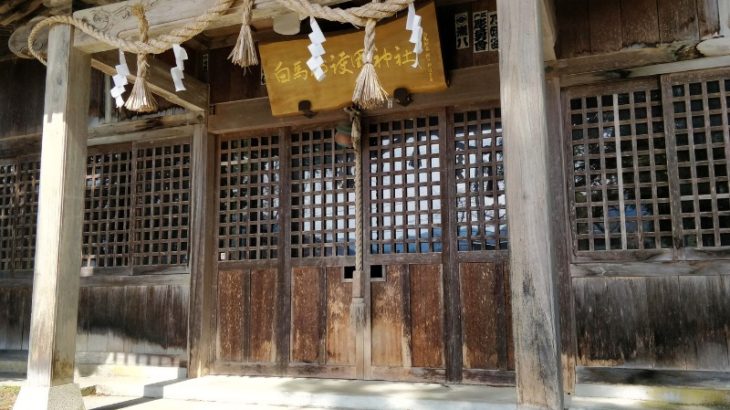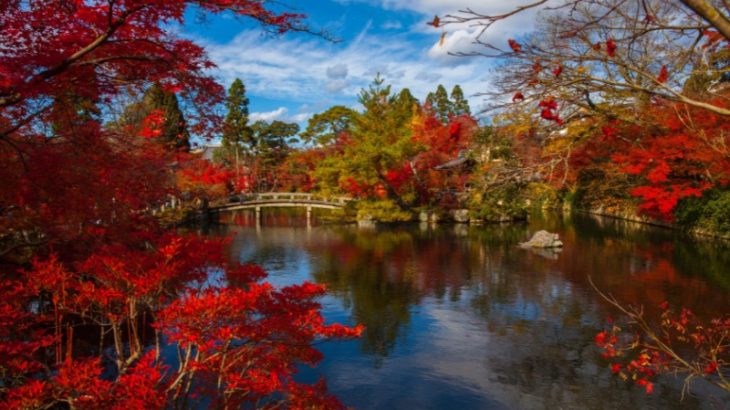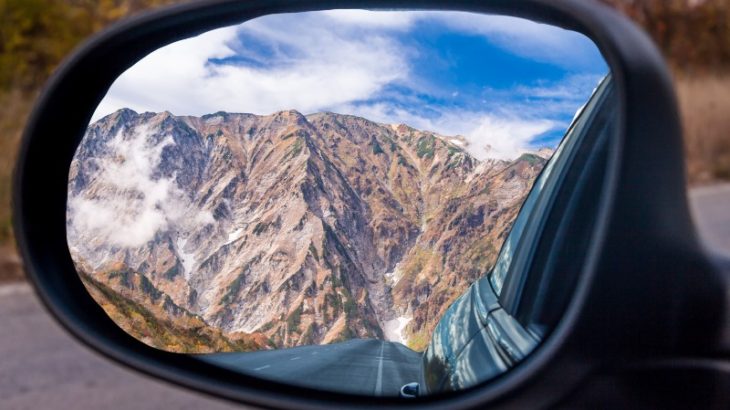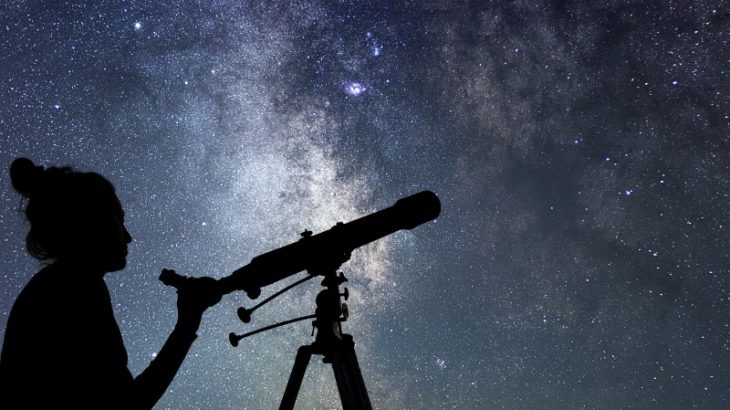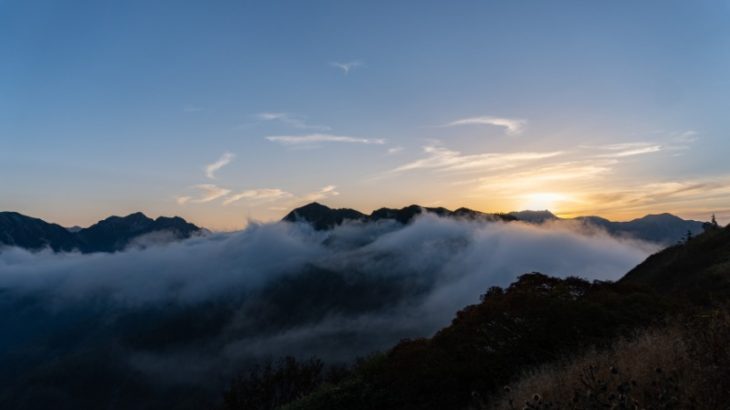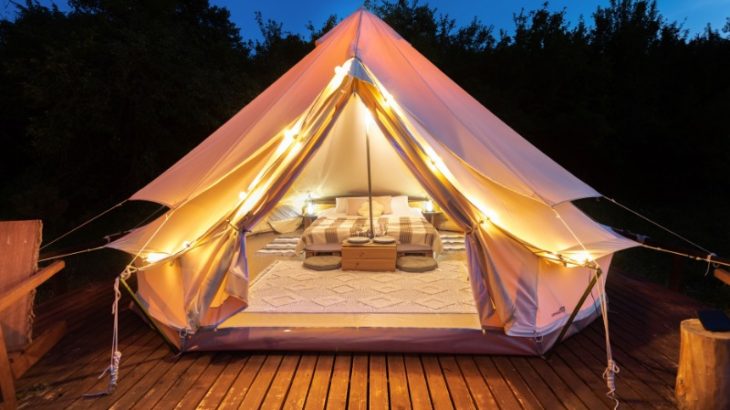Enjoy Japan’s rich culture and natural beauty with an autumn cultural tour of Hakuba.
Autumn is the perfect time to explore the Hakuba Valley, a picturesque area nestled in the Japanese Alps. With its stunning foliage, serene temples, and rejuvenating hot springs, Hakuba offers an unforgettable cultural experience.
Stroll through Hakuba and admire the breathtaking scenery as you visit the Buddhist temples and Shinto shrines scattered throughout the area.
This guide will take you through the highlights of a fall tour in Hakuba, featuring must-visit sites, practical tips, and insider advice.
- 1. Autumn in Hakuba
- 2. Cultural Tour of Hakuba
- 3. Hot Springs in Hakuba
- 4. Benefits of Visiting Hakuba in Fall: Northern Alps
- 5. Conclusion
- 6. FAQ
- 6.1. When is the best time to visit Hakuba in the fall?
- 6.2. What should I pack for a fall trip to Hakuba?
- 6.3. Can I visit hot springs in Hakuba year-round?
- 6.4. How do I get to Hakuba?
- 6.5. What is the most famous Japan temple called?
- 6.6. What is the difference between a temple and a shrine?
- 6.7. What other activities can I do in Hakuba Valley during the fall?
- 6.8. Which part of Japan is Hakuba in?
Autumn in Hakuba
Hakuba is a picturesque fall destination with activities for any traveler.
Autumn Weather
Hakuba is a sight to behold in autumn. The weather is cool but not cold, ranging from 5°C to 20°C (45°F to 65°F). The air is refreshing, and the fall foliage is vibrant. The red, orange, and yellow hues add a magical touch to the landscape.
When is Fall in Hakuba
Hakuba fall typically begins in late September and lasts until early November. The peak foliage season is usually in mid-October. Plan your visit during this period to ensure you see Hakuba’s fall leaves at their peak.
What to Pack
To make the most of your fall trip to Hakuba, pack wisely. Layered clothing is essential, as temperatures can vary throughout the day. Lightweight jackets, warm sweaters, and comfortable walking shoes are recommended. Don’t forget your camera to capture the stunning fall scenery!
Cultural Tour of Hakuba
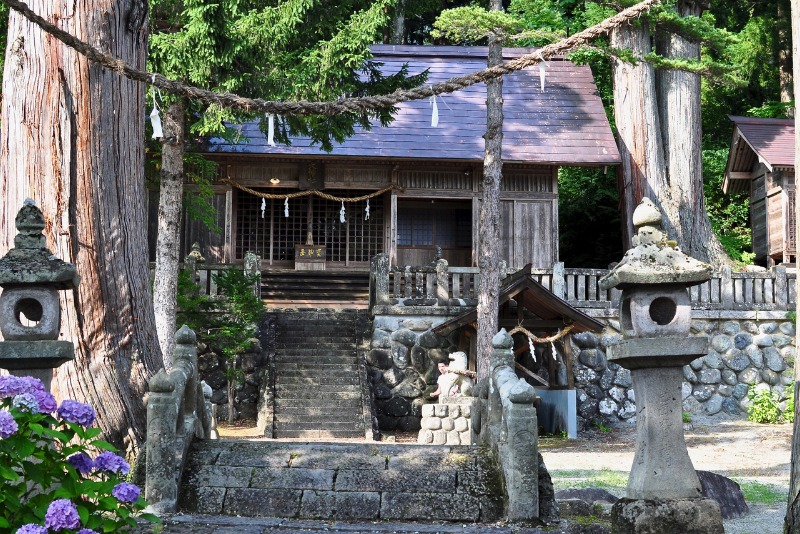
Hakuba’s Buddhist temples and Shinto shrines celebrate the cultural heritage of this beautiful mountain town. Visiting shrines and temples is an excellent way to view traditional Japanese architecture, learn about local customs and beliefs, and immerse yourself in the peaceful atmosphere.
Kirifuri-no-miya Shrine
The Kirifuri-no-miya Shrine is over 300 years old. During the Edo period, it was selected as one of the four major Shinto shrines of the Matsumoto domain.
The current main hall was rebuilt in 1658 by Omachi-born carpenter Kanehara Suo Sadakane and his apprentice Yokota Kiheiji. In 2001, it was designated a Hakuba Village cultural site.
Every September, the shrine holds a Respect for the Aged Day festival. Local children pull an Omikoshi around the area, ending at the shrine. There is dancing, food, and even a mini-sumo wrestling tournament for the kids.
Dengyozan (Shinden, Hakuba Village)
The shrine is located in Shinden-ku along the famous Salt Road. Pass through the Torii gate and ascend the 187 stone steps to reach the shrine. At the summit, visitors are rewarded with panoramic views of the Northern Alps, the Hakuba mountain range, and the Karamatsu, Daikoku, Goryu, and Kashimayari peaks.
The shrine is a favorite during cherry blossom and autumn, when the leaves change colors. Many locals and tourists climb the stairs to pay their respects and enjoy the natural beauty.
Choukokuji
The Choukokuji temple was founded in 1391, the 2nd year of the Meitoku era. As you walk toward the temple, the path is lined with towering cedar trees that are said to be over 500 years old. Even today, the grounds retain the atmosphere of an ancient temple, with a historic main hall, mountain gate, and treasure house.
Genchouji
As you ascend the ancient stone steps, you are struck by the serene beauty of the temple grounds.
Though Genchouji’s historical records have been lost to numerous fires and other calamities, the temple’s legacy endures. Below the ridge, a row of around 30 outdoor Buddha statues line the roadside, adding to the spiritual ambiance of the site.
Legend has it that Genchouji was once a grand temple with seven halls and served as a significant gathering place for Zen monks during the Edo period.
Hot Springs in Hakuba
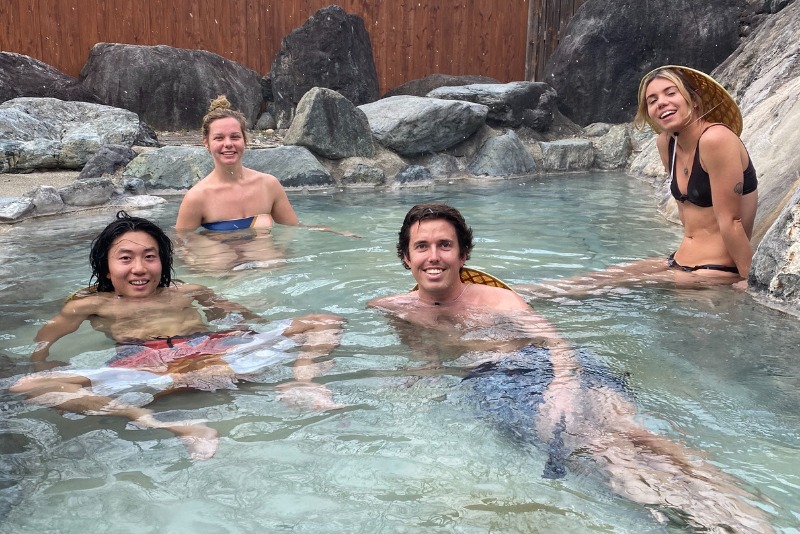
Relax in Hakuba’s healing onsen waters.
Hakuba Happo Onsen
Hakuba Happo Onsen is renowned for its high alkalinity and skin-smoothing properties. The clear, colorless waters provide a rejuvenating experience, leaving your skin feeling soft and refreshed. The outdoor baths offer stunning views of the surrounding mountains, making it a perfect spot to relax after a day of exploring.
Mimimizuku no Yu
Mimimizuku no Yu offers indoor and outdoor baths. The open-air bath provides a panoramic view of the Hakuba Sanzan, making it ideal for soaking while enjoying the fall foliage. The onsen is open year-round, but the autumn scenery makes it particularly special.
Obinata no Yu
For those seeking a more rustic experience, Obinata no Yu is a fantastic choice. Situated about 3km from Happo, this onsen is known for its natural hydrogen-rich waters, which are believed to have anti-aging benefits. The open-air baths are surrounded by nature, offering a tranquil and rejuvenating experience.
Benefits of Visiting Hakuba in Fall: Northern Alps
Visiting Hakuba in the fall has numerous benefits. The cooler weather is perfect for outdoor activities like hiking and sightseeing, and the fall foliage adds a stunning backdrop to the already beautiful landscape. Additionally, the off-peak season means fewer crowds, allowing for a more peaceful and immersive experience. Visitors can also enjoy winter sports in Hakuba, making it an ideal destination year-round.
Conclusion
Hakuba in the fall promises cultural enrichment, natural beauty, and relaxation. Whether exploring ancient shrines, soaking in hot springs, or enjoying the vibrant autumn colors, Hakuba offers something for every travel enthusiast. To make the most of your visit, plan, pack wisely, and be prepared to be enchanted by the magic of Hakuba in the fall.
FAQ
When is the best time to visit Hakuba in the fall?
The best time to visit Hakuba in the fall is from late September to early November, with the peak foliage season occurring in mid-October.
What should I pack for a fall trip to Hakuba?
For a fall trip to Hakuba, pack layered clothing, lightweight jackets, warm sweaters, comfortable walking shoes, and a camera to capture the stunning fall scenery.
Can I visit hot springs in Hakuba year-round?
Yes, Hakuba’s hot springs are open year-round. However, visiting in autumn offers a unique experience with the stunning fall foliage as a backdrop.
How do I get to Hakuba?
The Hakuba Valley is accessible by train, bus, and car. The most convenient route is to take a train from Tokyo to Nagano and then transfer to a local train or bus to Hakuba.
What is the most famous Japan temple called?
The most famous Japan temple is Kinkaku-ji in Kyoto.
What is the difference between a temple and a shrine?
A temple is associated with Japanese Buddhism, while a shrine is associated with Shintoism, the traditional Japanese religion. Temples have pagoda structures and are used for meditation and religious ceremonies. Shrines dedicated to kami (spirits) often feature torii gates and are used to worship the local gods.
What other activities can I do in Hakuba Valley during the fall?
In addition to enjoying the fall foliage, visitors can go hiking or mountain biking on the numerous trails, try local cuisine at restaurants and markets, visit historical sites such as temples and shrines, and participate in outdoor activities like fishing or horseback riding. There are also opportunities for hot air balloon rides and paragliding.
Which part of Japan is Hakuba in?
Hakuba is in the Northern Japan Alps in Nagano Prefecture. It is renowned for its high-quality powder snow and winter sports, but it is a year-round outdoor destination.

